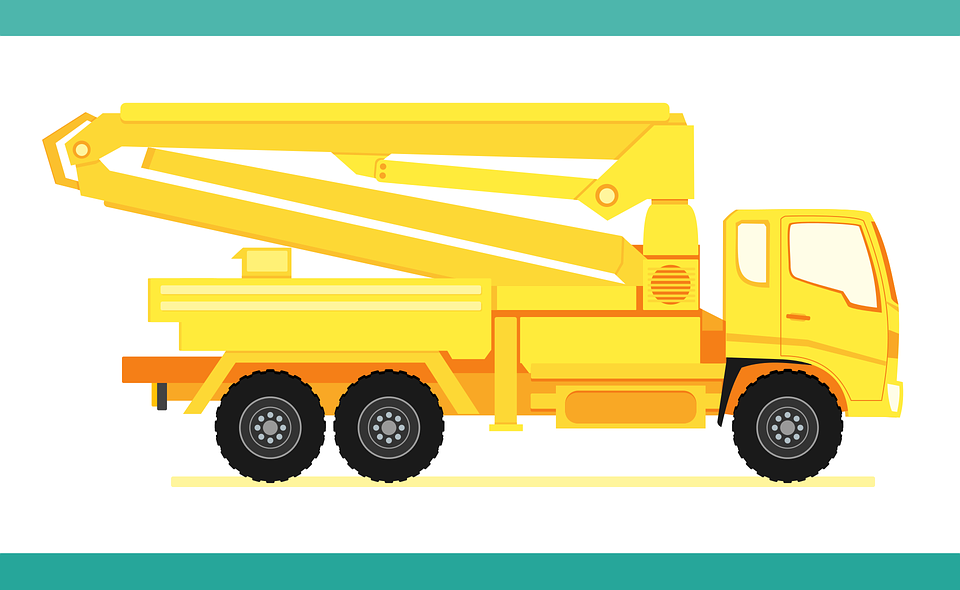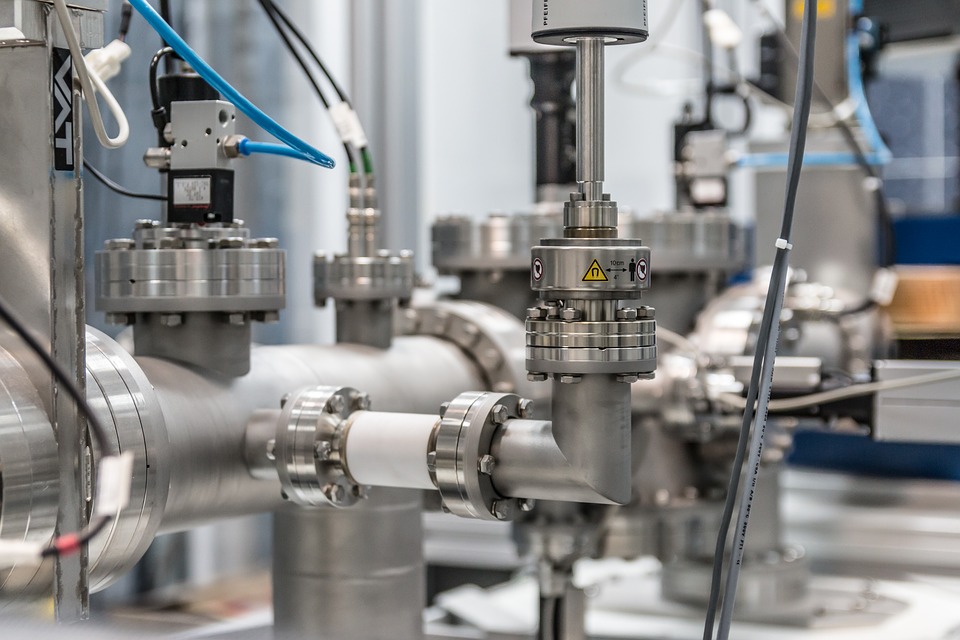A pumping system is used to move fluids from one place to another through pipes. This system can be used for potable water, stormwater, wastewater, and many more. There are different kinds of pumps and each of them is designed for specific conditions of the fluid they’re going to handle.
Pumping Conditions
To know which pump suits your needs, you should first know the pumping conditions where it will be used. Factors such as pumping rate and pressure are the first things to consider. Through these factors, you can be able to determine the size of the pump needed to meet the requirements of the project.

Number Of Pumps
Pumping systems usually have more than one pump attached to it. Using more than one pump increases pumping capacity and redundancy. This is referred to as the pump station configuration and ranges from simplex, duplex, triplex, and so on depending on the number of pumps attached to it. By having multiple pumps, a station can scale up its pumping capacity. In case one pump cannot handle the incoming flow, the next pump can kick on to handle the excess.
Duplex configuration is the most common choice among consumers. It is more budget-friendly since you only need to buy 2 pumps. This type of configuration also reduces wear and tear since the two pumps can cycle starts. However, if you want your pumping station to handle more inflow capacity, choosing a triplex configuration would be great.
Pump Designs
There are various designs of pumps available in the market such as split-case, surface-mounted, self-priming, turbines and many more. Choosing a pump design depends on where it will be installed, whether you want it submerged, underground, etc. Also, you need to consider the pumping condition where it will be used.
- Positive displacement pump – Ideal to use on highly viscous fluids such as oily water.
- Turbine pump – Perfect for use on clean water, even at high pressures.
- Axial flow pump – Ideal to use on clean water but can only pump at lower pressures.
Different pump designs also utilize different ways of moving water from one place to another. Pumps that have propellers transfer fluids by rotating movement. These types of pumps should only be used on fluids that don’t contain solid materials since it can cause damage to the propellers. Impellers use pressure to transfer water. Solid materials can move through the system without causing damage. Solid-handling pumps are designed to cut, slice or chop solid materials as it passes through the system. Others have a grinder system that converts solids into slurry after passing.

Power Supply
In order to make your pumping system work, it will need a reliable power supply. There are basically two types of power supply – single-phase and three-phase. A three-phase power supply is the most reliable and recommended by experts. However, there are some areas wherein a single-phase power is the only available for them.
Choosing the right pump requires lots of knowledge about pump systems. It is always best to ask an expert to make sure you get it right.